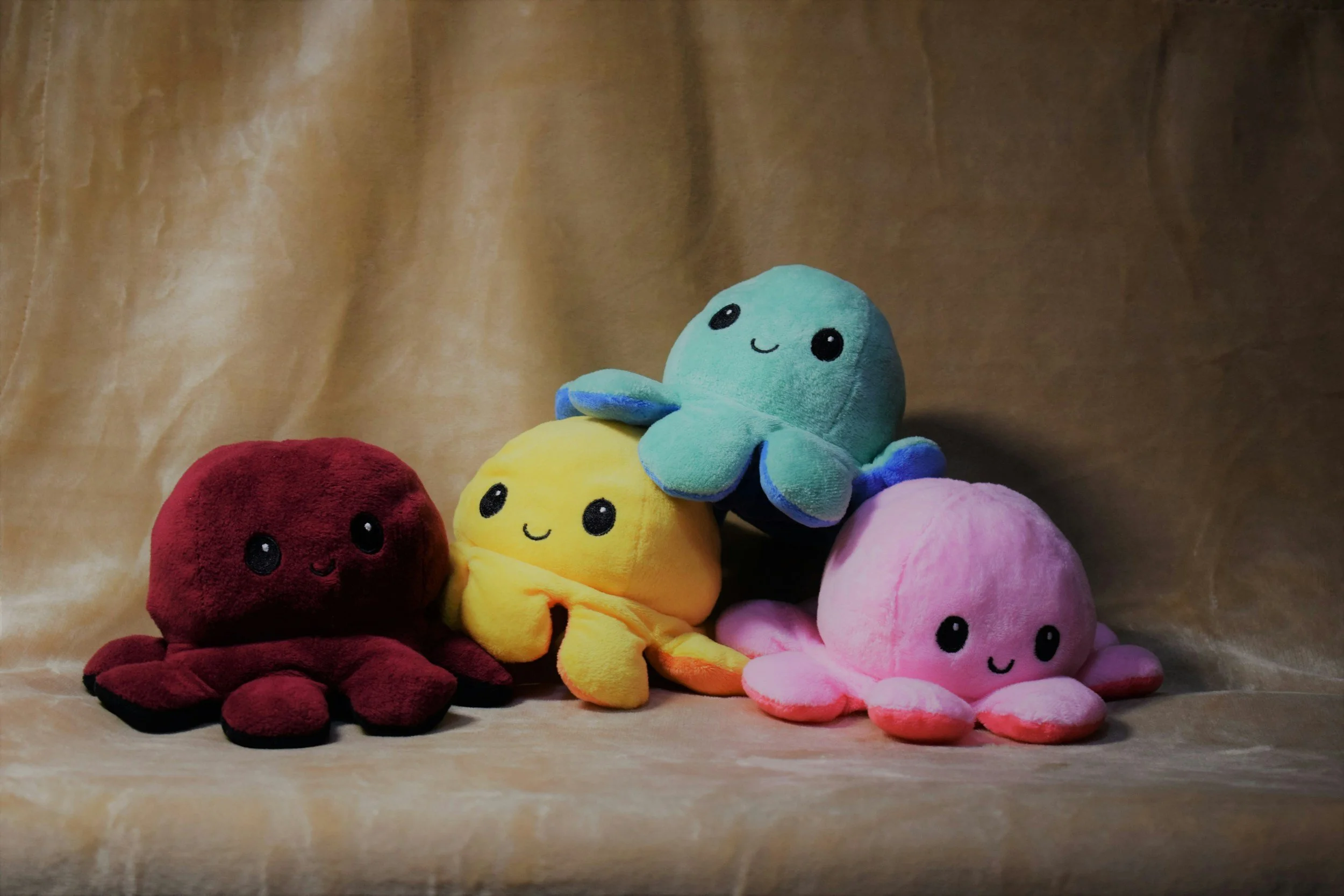How to Engage with Someone in Little Space: Tips for Caregivers and Partners
written by Maja Metera
We have discussed age play in connection to age regression before on our blog, focusing on the person who roleplays as younger than their biological age or experiences age regression. What about caregivers? And how do those two roles interact with each other when one is in little space?
What is little space?
Let’s start with the basics. Little space is a floaty, alternative state of mind in which a person experiences deep relaxation into a baby—or child-like mindset. They usually feel safe, carefree, and full of wonder. They might also be keen to explore and try new things curiously. At the same time, they might be drawn to more kids-oriented activities and desire care. It’s a beautiful, vulnerable state that should be cherished by those who witness it.
How do you recognize little space?
Little space impacts every aspect of a person’s behavior—look for changes in their voice, body language, emotional expression, and even the language your partner is using. The graphic below provides a more detailed breakdown.
How to choose the activities?
Now you can tell when to engage in little activities - but how do you choose which ones? There are so many ways to engage with your little one!
The activities you choose will depend on how your partner experiences little space—and you should let them take the lead in what happens. Many of the things discussed below depend on the age your partner feels while in little space.
Sexual vs non-sexual
Since we are talking about kink - it’s essential to know that age play can, but doesn’t have to be, sexual in nature. If the need for age play comes from age regression, and your partner regresses below the teen years - the chances are that it “turns down” the sexual urges, making it non-sexual. Do not try to get any sexual gratification from those interactions in such a case.
Verbal vs non-verbal
Another thing to consider is whether your partner can speak while little - as some get non-verbal when experiencing little space. Especially if your partner feels like a baby - it’s unlikely they will remain verbal. Alternatively, they can communicate in what’s called “little speech” - referring to themselves in the third person, changing the pronunciation of words like “please” into “pwease” and such. If your partner is non-verbal in little space - go for easier activities like coloring or watching cartoons, rather than high-engagement option such as a “tea party”.
Solo vs together
Some littles, regardless of their subjective age, might feel very independent and prefer to play alone. This desire might also come from internalized shame and embarrassment about feeling little, especially in the early stages of discovering age play and/or age regression. Allow them the time and space to work through this on their own terms. You can still be supportive though! It will make coming to terms with the fact that it is okay to be little easier. Below, we dive deeper into how you can show your support in those cases.
How to support your little in their little time
1. Prepare the space for them
Regardless of whether your little wants to engage with you in their little space, it’s a loving, caring thought to set up their spaces for little time. Of course not everyone can have a full nursery at home but if you do - start with tiding up. Then, take out blankets, pillows and plushies. You can even build them a blanket/pillow fort! Whatever you do, make sure the spaces feels cozy and safe.
2. Get them ready for playtime
When the environment is ready - it’s time to help your little match the vibes. Depending on the age your little feels like - either place out the clothes, help them get dressed or change them into diapers and a onesie. It also helps to have the pacifier clean and ready for use.
3. Give them a choice of activities
You can use the list below for inspiration - but don’t overwhelm your little one with too many choices. Stick to “either-or”: two options. This way, your little one can feel like the choice is theirs to make, but you are still guiding them by hand.
Check-in with them regularly
Lastly, either spend time with them mindfully and intentionally without external distractions like your phone or remember to check in with them regularly. You can come up to them for short snuggles or encourage them to take a break for snacks and a sippy cup.
Getting Big Again
Remember that this form of play still requires aftercare. It might not leave bruises, but getting pulled out of little space without a transition moment can be emotionally draining.
If you take anything out of this article, be it: little space is so unique to each individual that it’s necessary to talk about it with your partner first. Don’t assume any of the criteria for activities - you might very well be completely wrong.
Lastly, enjoy it! And cherish the vulnerability your partner chose to share with you.








